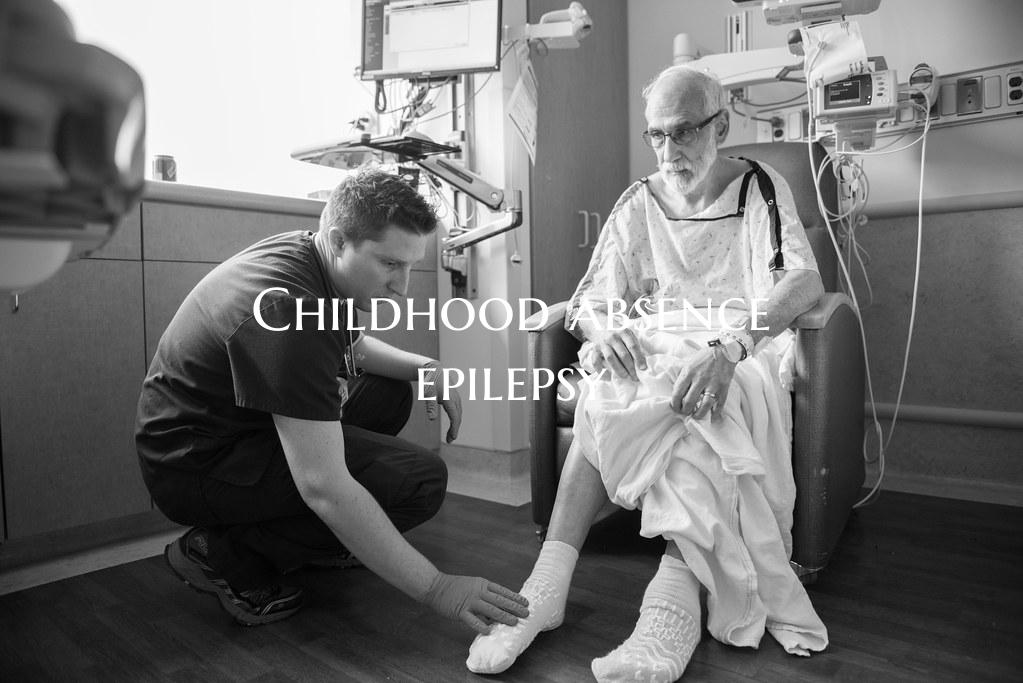
Childhood absence epilepsy
Childhood absence epilepsy is a form of epilepsy that is most commonly diagnosed in children between the ages of 4 and 10. It is characterized by brief, sudden lapses in consciousness or awareness, often mistaken for daydreaming or simply not paying attention. These lapses, known as absence seizures, can occur multiple times a day and may last for just a few seconds.
Symptoms of childhood absence epilepsy may include a blank stare, subtle eye movements, slight twitching of the face or hands, and momentarily stopping ongoing activities. These seizures are typically not accompanied by convulsions or falls, which distinguishes them from other types of seizures.
While the exact cause of childhood absence epilepsy is not fully understood, it is believed to involve genetic factors that influence the brain's electrical activity. Diagnosis often involves a combination of medical history, physical exams, and EEG (electroencephalogram) tests to monitor brain waves. Early detection is crucial in managing the condition and preventing potential complications.
Treatment for childhood absence epilepsy usually involves antiepileptic medications to help control and reduce the frequency of seizures. Monitoring the child's response to medication and making necessary adjustments under the guidance of a healthcare provider is important for successful management.
It is essential for families, educators, and caregivers to be educated about childhood absence epilepsy to provide appropriate support and understanding for affected children. Creating a safe environment and developing a seizure action plan can help ensure the well-being of the child with epilepsy.
With proper management and support, children with childhood absence epilepsy can lead full and active lives. Regular medical follow-ups, adherence to treatment plans, and open communication with healthcare providers are essential components of helping children with epilepsy thrive and reach their full potential.